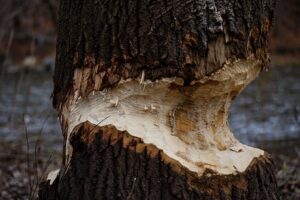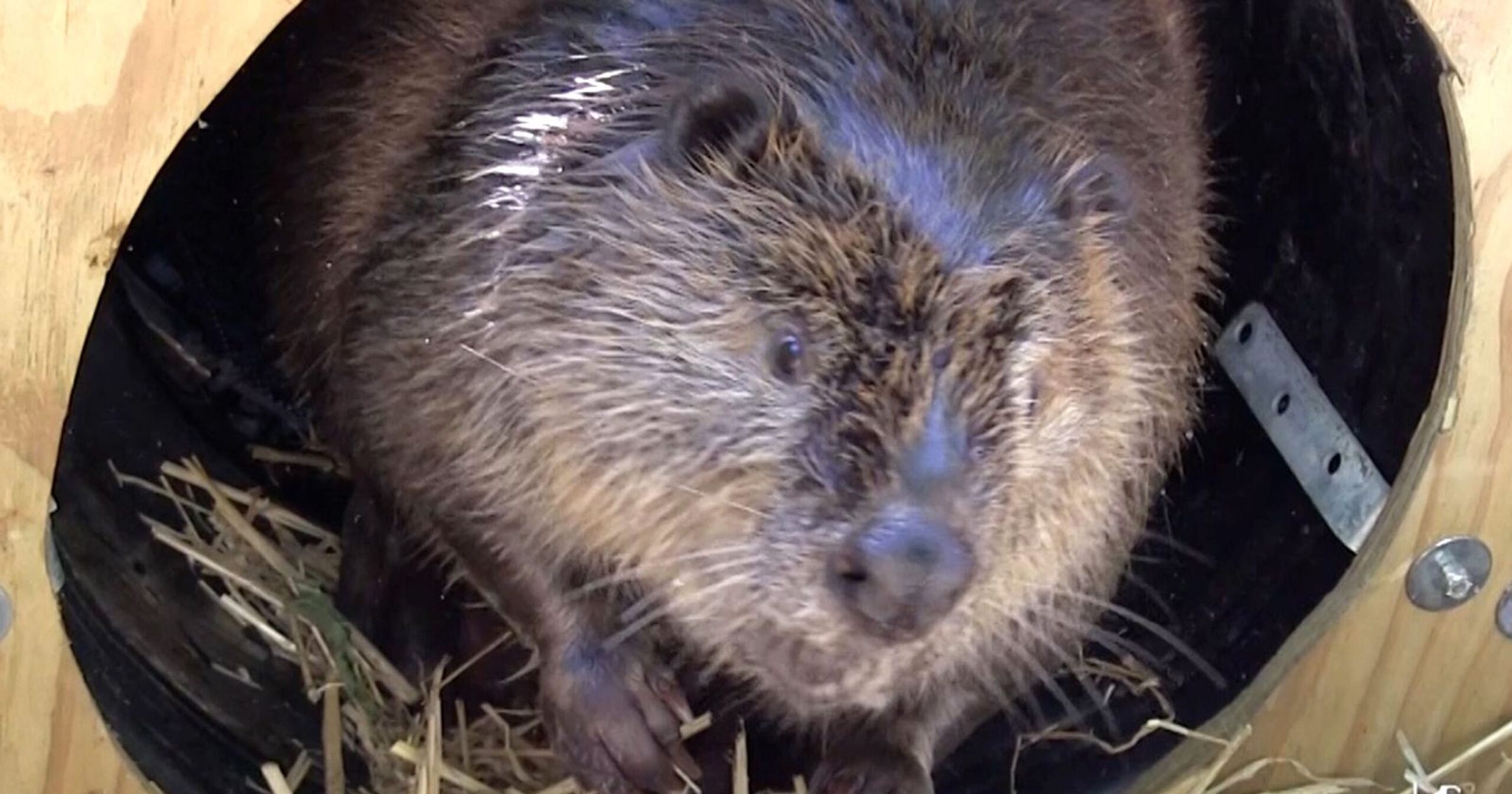Milwaukee’s beavers are back in the area! After nearly 200 years of absence, Milwaukee is starting to see the famous dam builders again. One popular site for them to frequent is the Milwaukee River, where they were first spotted. Of course, this also means that wildlife animal removal services will soon be required to step in and help with the problems that inevitably arise when beavers are around.
Why did the Beaver’s Leave in the First Place?
Beavers, like many other varieties of wildlife, suffered at the hands of human expansion. The Native Americans consumed beaver meat, but their reliance on the animals did not cause a significant dent in the numbers. The real challenge came later when the Europeans arrived in the Americas. Beavers were hunted for their fur which was highly demanded by the European fashion industry. As a result, beavers became rare in Wisconsin in the late nineteenth century and afterward, they were all gone.
Who or What is Responsible for Their Return?
The establishment of a suitable environment has led to a return of the beavers. An arboretum (a botanical garden devoted to trees) established and maintained by the Urban Ecology Center has restored the environment that beavers find suitable for living. The restoration took place along the banks of the Milwaukee River. This along with the removal of the North Avenue dam and the availability of clean water has led to a gradual return as the beavers are attracted by the restored space. Families of beavers have since been migrating from the areas upstream. Instead of attempting the mammoth task of damming the Milwaukee river the animals set up their home on the east bank.
Of course, it also means that some of the work put into creating the arboretum has been reversed as well. But the team working on the project appears undaunted. They are in support of the return of the animals and accept the destruction of some trees as a part of the natural order.
The return of beavers means Milwaukee residents must be vigilant for flooding caused by beaver dams. The loss of greenery is also a consequence of beaver activity. Among the trees that tend to suffer at the hand (or more accurately teeth) of beavers are the white poplar and green ash.

How Can We Ensure that Beavers Remain with Us?
Despite the nuisance they sometimes cause, beavers must be treated humanely or we will lose them again. In towns like Mukwonago, beavers are being protected by some residents and agencies. In one instance a resident thwarted potentially harmful beaver removal by reporting a situation in which plans were afoot to drown the beavers (who had built a dam in a stream behind the village’s YMCA), with underground traps. Thankfully, the beavers were removed safely and relocated to suitable habitat in Vernon Marsh. Actions like these are important in preserving these beautiful and intriguing animals.
Aiding in repopulating Milwaukee’s forests by replanting trees may also help to keep the beavers around since the animals have a penchant for felling trees. In order to prevent the beavers from disappearing again, Milwaukee residents must also support the plans and campaigns of conservation groups like the Urban Ecology Center. They can volunteer to assist in reforestation efforts as well as beaver rescue teams.
Expert and humane wildlife removal services like Skedaddle are essential to the beaver preservation efforts. If beavers have built a dam that is threatening your Milwaukee property with flooding, avoid harsh removal options like trapping.




